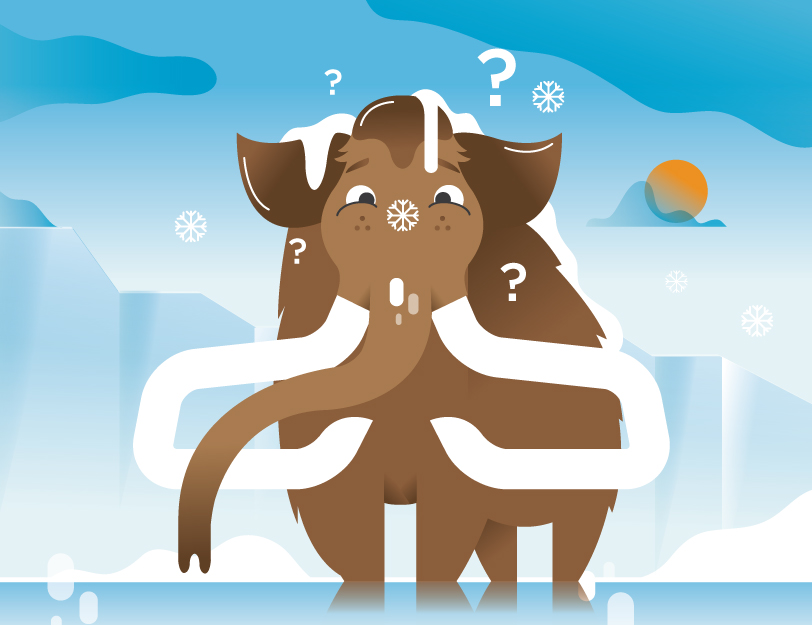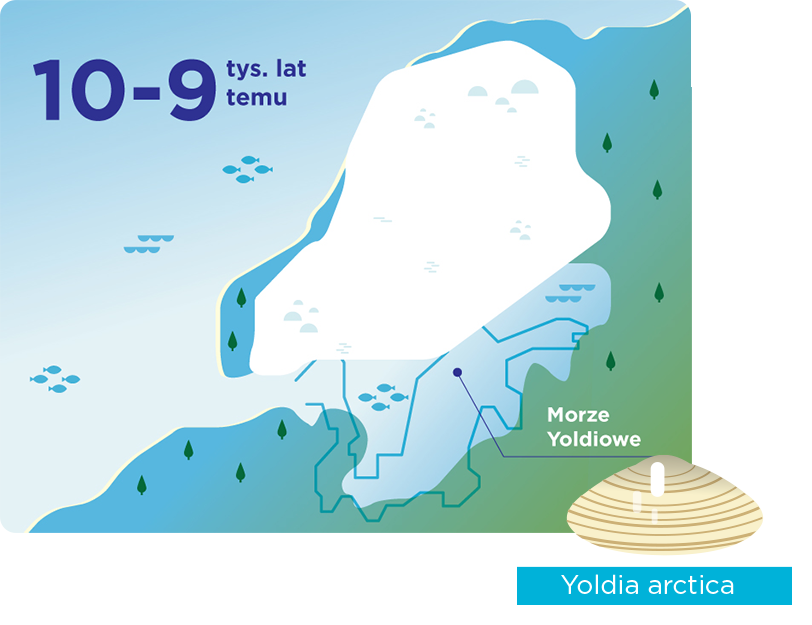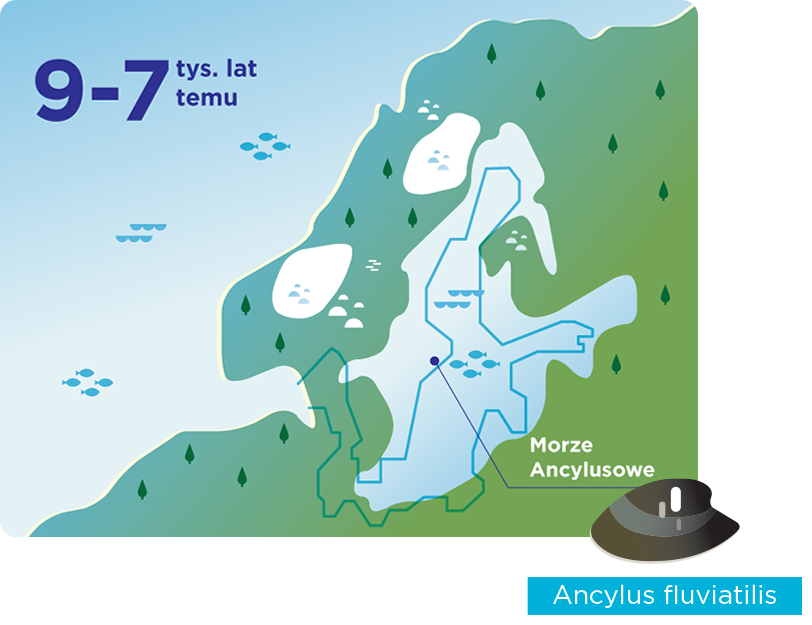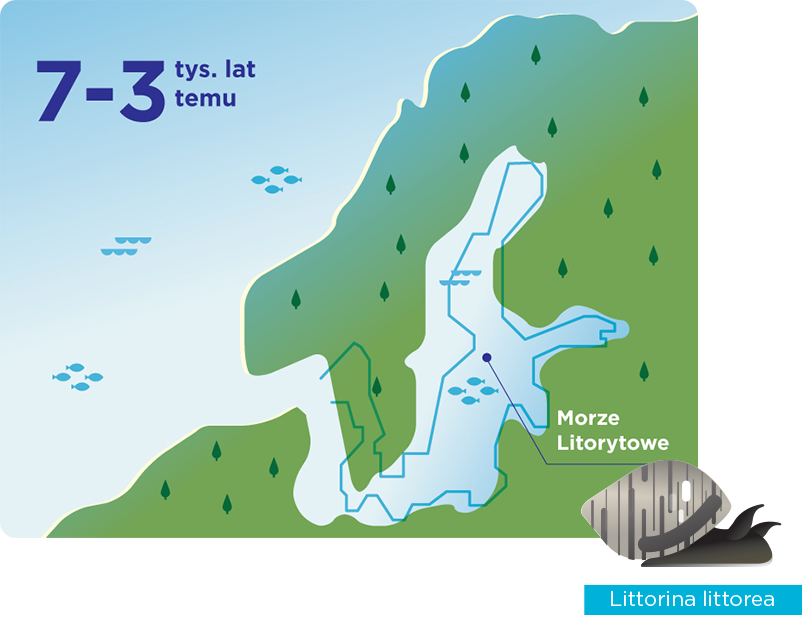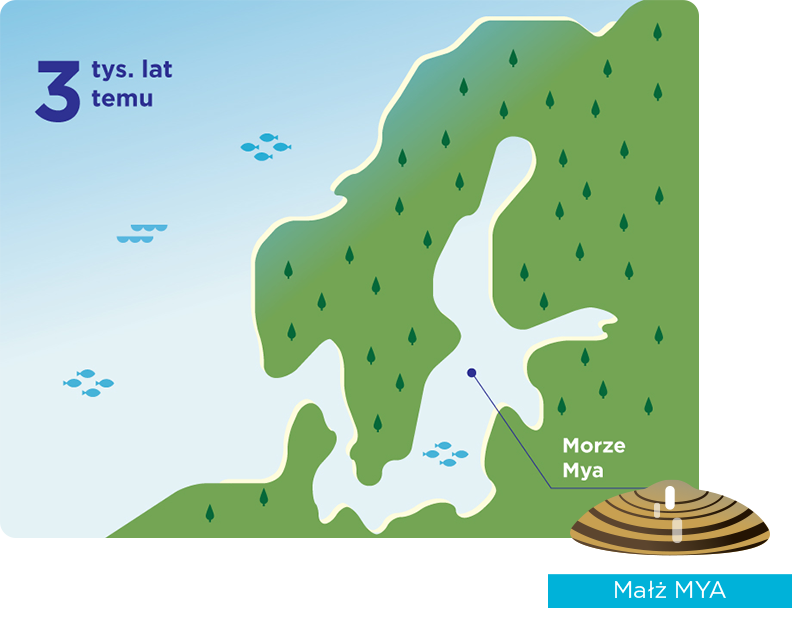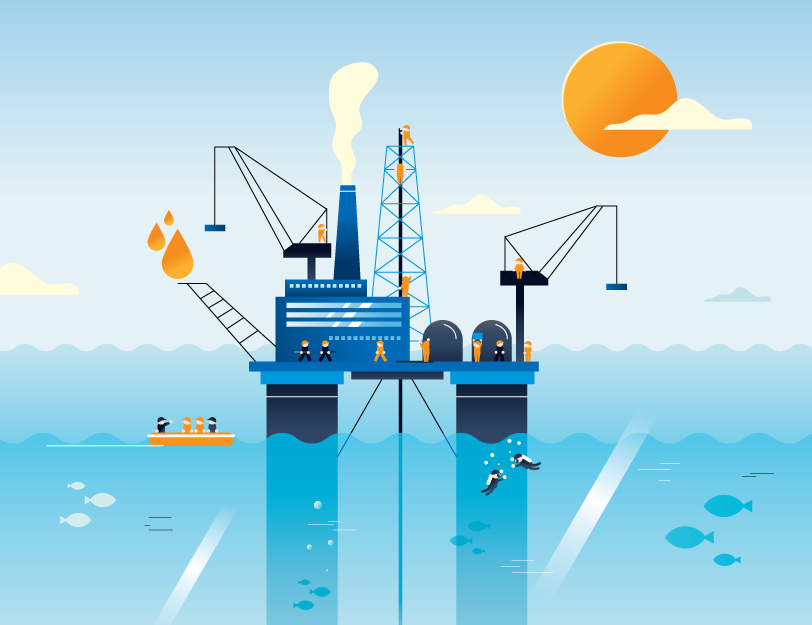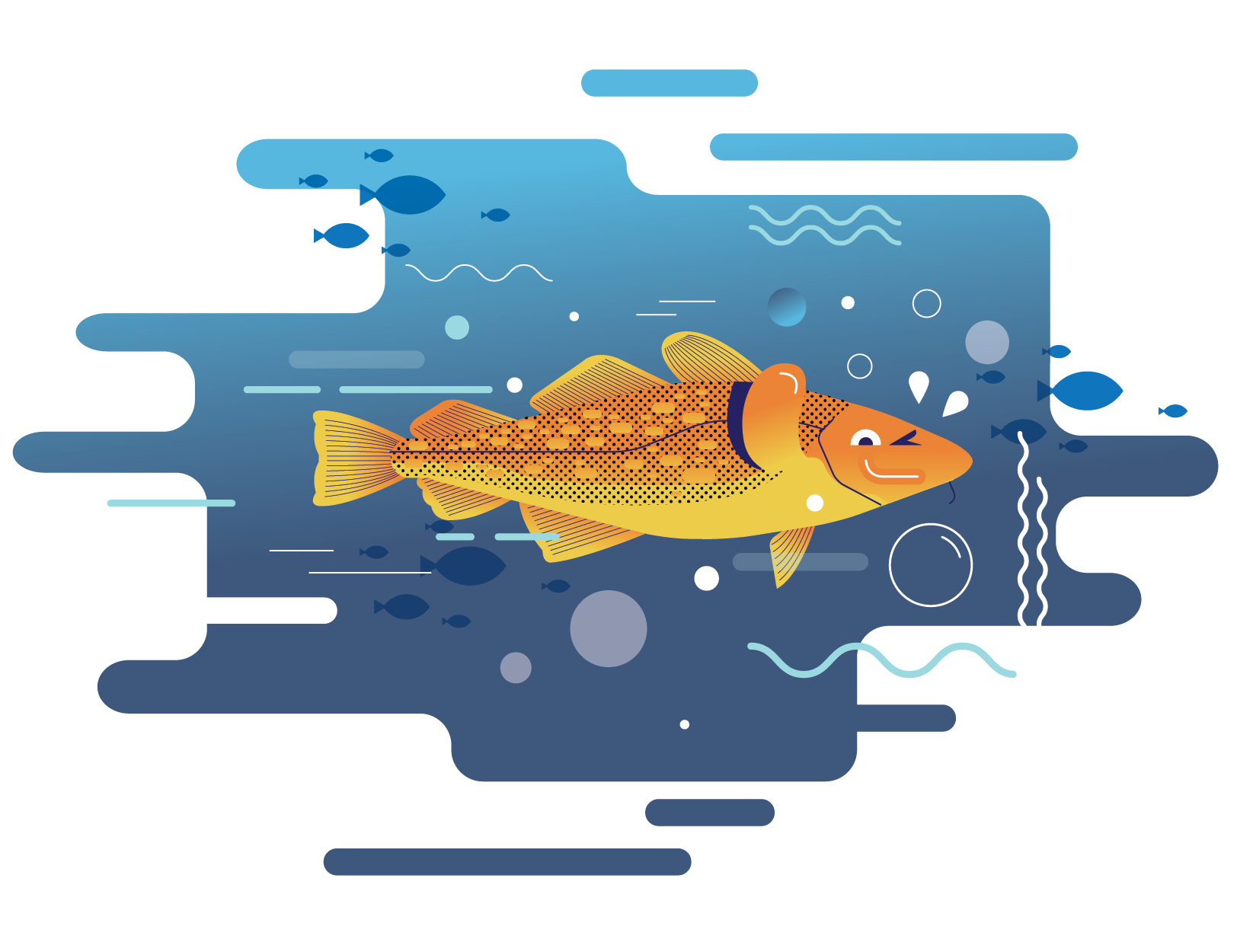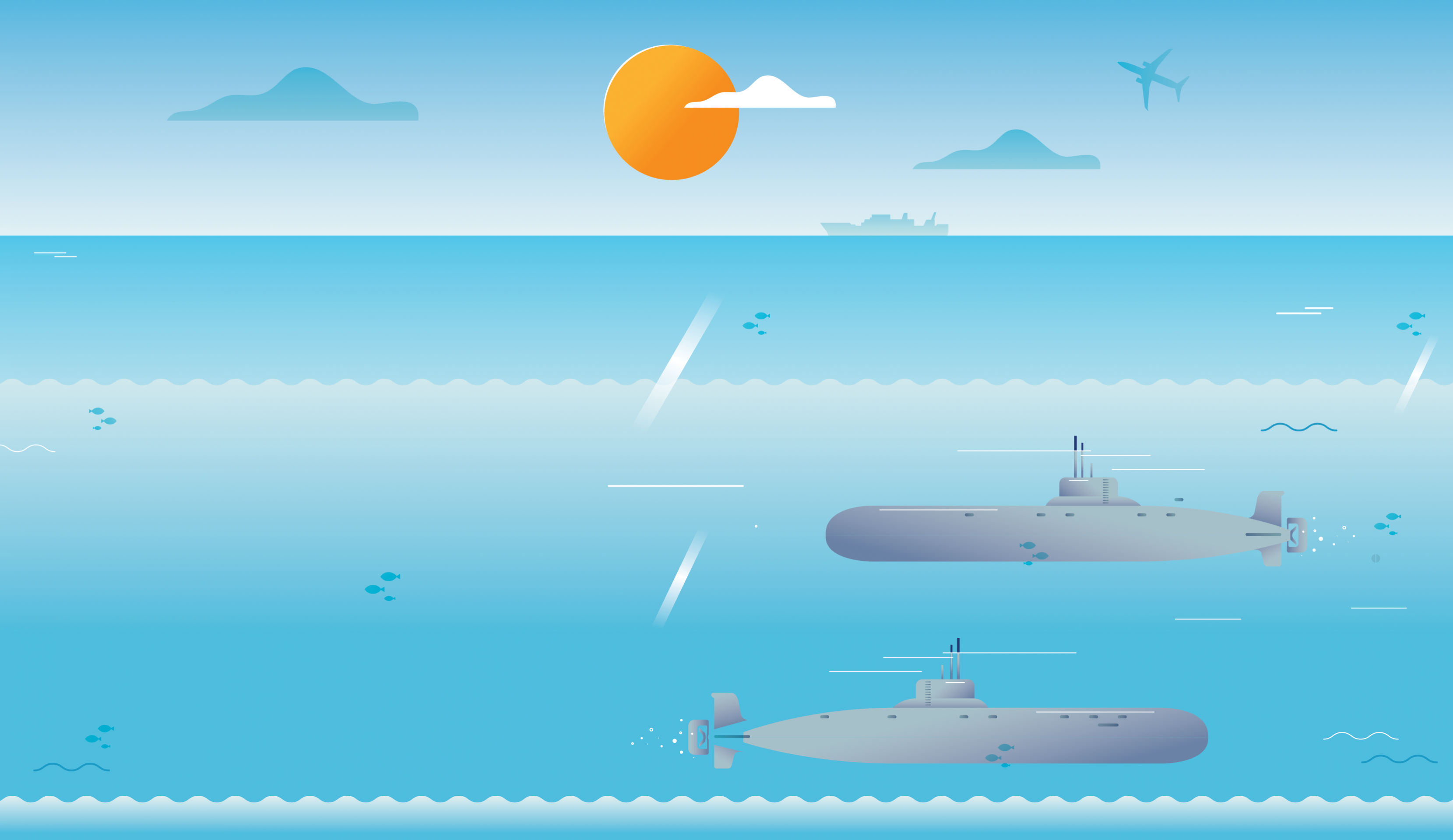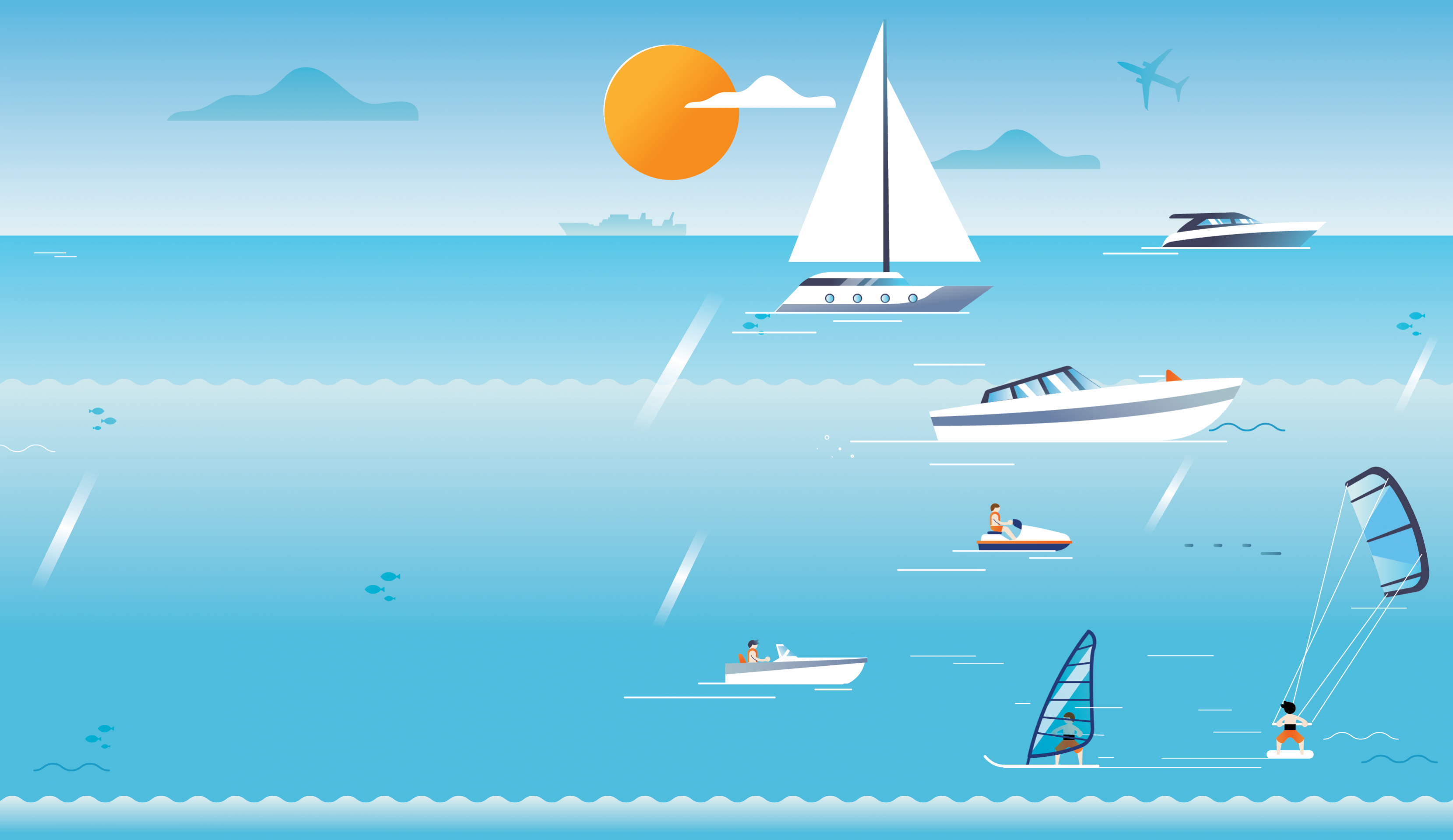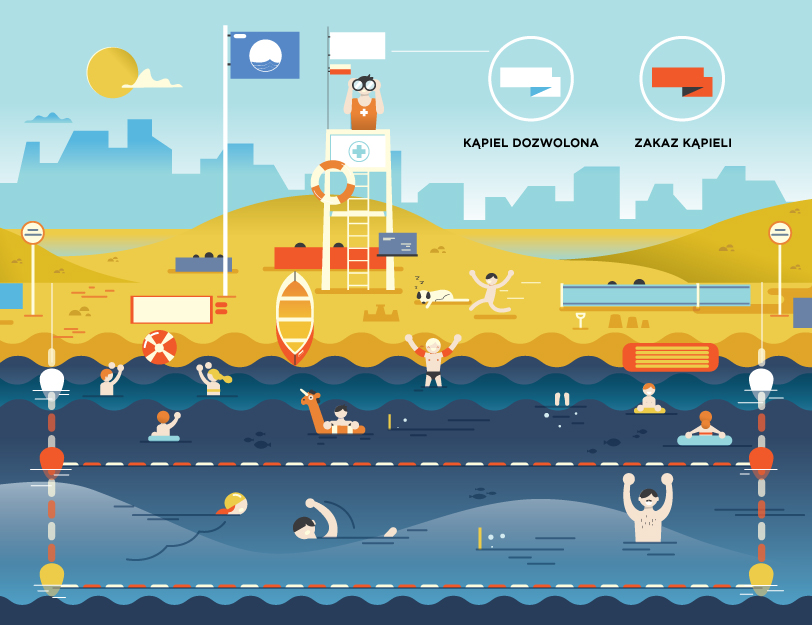Life originated in water
According to some scientists, there are indications that life on Earth originated within the hot underwater geysers appearing at the bottom of seas and oceans. These geysers, bursting with gases rich in various molecules, may have been the first building blocks of life. Their development was supported by the high temperature of hot "chimneys". Could this theory have something to do with our Baltic Sea? No one knows, but it is certain that the climate and landscape of the Baltic Sea have been changing for millions of years and, as a result, resources have been formed at its bottom, which we still use today. Before we get to know them, let's introduce ourselves to the history of said sea.
 English
English
 Polski
Polski
 Deutsch
Deutsch

